Blogg
-
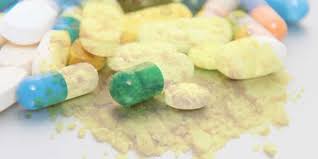
What is an Active Pharmaceutical Ingredient (API) in pharma?
APIs are important because they produce the desired therapeutic effect in medications and drugs. Without them, medications would not be able to produce any kind of benefit to patients who take them – meaning they would effectively be useless! It’s also important to understand what type of API a medication contains so you can determine if it will interact safely with other medications you may already be taking (or if it will cause any side effects). Additionally, understanding what type of API a medication contains can help you choose more effective treatments for specific medical conditions based on how well that API works for treating those conditions compared to other options available. An Active Pharmaceutical Ingredient (API) is the component in a medication that produces its effects on your body when taken correctly according to instructions given by your doctor or pharmacist. Understanding how APIs work and why they’re important can help you make informed decisions about which types of medications are most suitable for treating specific medical conditions you might have.Läs mer -
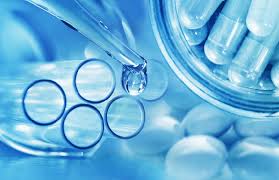
Are Your Active Pharmaceutical Ingredients up to FDA Standard?
An active pharmaceutical ingredient (API) is a substance, or a mixture of ingredients, combined in the manufacture of a pharmaceutical or drug. Active pharmaceutical ingredients directly impact disease. Their pharmacological activity plays a direct role in the diagnosis, cure, mitigation, treatment, or prevention of disease. Active pharmaceutical ingredients affect the structure and function of the human body. Inactive ingredients in a pharmaceutical may be referred to as "bulk pharmaceutical chemicals (BPCs)." The term active pharmaceutical ingredient may refer to an active chemical within an FDA-regulated drug, or API might mean the entire drug with its active and inactive ingredients.Läs mer -

API Synthesis
Active Pharmaceutical Ingredient (API) is defined by U.S. Food & Drug Administration as: any substance or mixture of substances intended to be used as the active ingredient in the manufacture of a drug (medicinal) product. Such substances are intended to furnish pharmacological activity or other direct effect in the diagnosis, cure, mitigation, treatment, or prevention of disease or to affect the structure or function of the body.API may exist in the form of liquids, powders, crystals and extracts that obtained by chemical synthesis, plant extraction, or biotechnology and is not taken by patients directly. Only when API is processed into a pharmaceutical preparation, can the product be used for clinical use. The synthesis of APIs is usually a complicated and multi-step process involving numerous chemical transformations and operations on a range of raw materials with different physical and chemical properties. Specialized expertise is needed to achieve the synthesis of these molecules. BOC Sciences with seasoned chemists would provide a comprehensive supply of guaranteed API synthesis service.Läs mer -
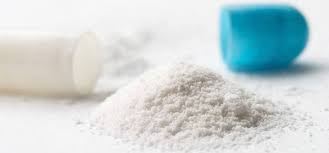
Pharmaceutical Drug substance (API) and Drug Product: Definition
This article is for understanding what is Pharmaceutical drug substance / Active Pharmaceutical ingredients (API) and drug product. These are two different terms that can be easily understood by the picture depicting above. Drug Substance i.e. API (Active Pharmaceutical Ingredient) is the Start point for the manufacturing of any medicine which results the manufacturing of end product i.e. Drug Product.Läs mer -
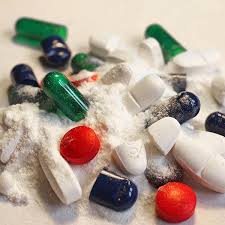
What are Active Pharmaceutical Ingredients? Things You Need to Know
There are various elements or components involved in a drug that are vital to produce a desired health effect are called active pharmaceutical ingredients. For example, acetaminophen is an active pharmaceutical Ingredient in Tylenol. Knowledge of APIs helps differentiate between generic drugs and its brand name versions. It requires a mix of multiple application chemical compounds to process an API.Läs mer -

UNDERSTANDING ACTIVE PHARMACEUTICAL INGREDIENTS
Have you ever wondered how pharmaceutical drugs work? The ingredients in a pharmaceutical drug are responsible for the physiological reaction your body has to the medication. Many components are involved in the development of pharmaceuticals, but active pharmaceutical ingredients are the ingredients that produce the intended effects of the drug an individual is taking.Läs mer -
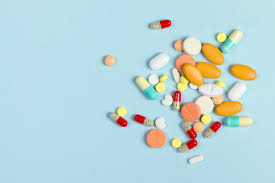
Active Pharmaceutical Ingredients (API)
Active ingredients are responsible for the beneficial health effects of drugs individuals consume. In pharmaceutical drugs, the active ingredient is known as the active pharmaceutical ingredient (API), like acetaminophen in pain relief tablets. In biological drugs, the active ingredient is a bulk process intermediate (BPI), such as insulin in insulin pen cartridges used by people with diabetes.Active Pharmaceutical Ingredients covers a significant part of the Science & Technology subject of the General Studies Paper-3 syllabus and current events of national importance in UPSC prelims.In this article, we will learn about Active Pharmaceutical Ingredients (API) and other associated details that the candidate can find helpful in all upcoming examinations and the UPSC CSE Exam. Candidates can also enrol in our UPSC Online Coaching program and get the best guidance for Science and Technology subjects.Läs mer -
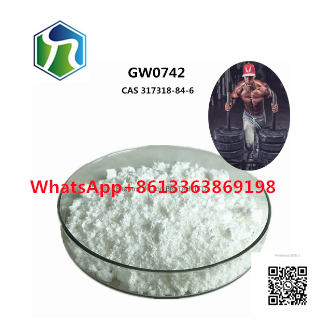
Here’s Why Your Medication Contains Active and Inactive Ingredients
When you take medication, whether it’s over-the-counter or prescription, you might notice that your medicine contains active and inactive ingredients. You may wonder why these ingredients are there and what purpose they serve. Paul Thompson, PharmD, a clinical pharmacist with Banner Pharmacy Services, answered some common questions about them.Läs mer -
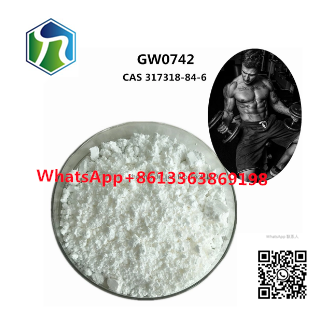
What is an API (Active Pharmaceutical Ingredient) in Pharma?
According to the World Health Organization (WHO) the definition of an API is established as any substance used in a finished pharmaceutical product (FPP), whose ultimate goal is to develop a pharmacological activity or generate some direct effect in the diagnosis, treatment or prevention of a disease in a patient.Läs mer

